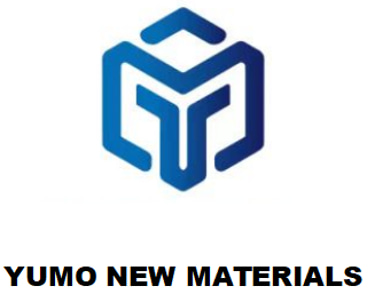HENAN YUMO: Engineered Precision, Uncompromised Performance
Abrasive Industry Innovations: White Fused Alumina in 3D Printing & Aerospace Applications
Revolutionize 3D printing & aerospace with white fused alumina. Discover cutting-edge applications and material performance breakthroughs.
5/16/20252 min read


Introduction to White Fused Alumina
White fused alumina is a high-purity, crystalline form of aluminum oxide, extensively utilized in various industries due to its exceptional hardness and wear resistance. It is produced through the fusion of alumina in electric arc furnaces, leading to a material that boasts superior properties suited for demanding applications. This refined abrasive material plays a crucial role in enhancing the manufacturing processes across several sectors, including 3D printing and aerospace.
The Role of White Fused Alumina in 3D Printing
The evolution of 3D printing technologies has ushered in a new era in product design and manufacturing. White fused alumina has emerged as an integral component in additive manufacturing, particularly in the development of advanced materials. By incorporating white fused alumina into 3D printing filaments, manufacturers can enhance the mechanical strength and thermal stability of the printed objects.
This versatile abrasive material not only improves surface finish but also contributes to the longevity of 3D-printed components. In industries demanding high precision and performance, such as automotive and consumer electronics, leveraging the properties of white fused alumina can lead to substantial improvements in product reliability and consumer satisfaction.
Applications in Aerospace Engineering
In the aerospace sector, the stringent requirements for materials are paramount due to the critical nature of aircraft performance and safety. White fused alumina is increasingly utilized in the manufacturing of various aerospace components, where weight reduction, strength, and thermal resistance are essential. The incorporation of this material into composite formulations allows for the production of lightweight yet robust parts that can withstand extreme conditions.
Furthermore, the application of white fused alumina in abrasive blasting and surface preparation technologies is revolutionizing the aerospace maintenance industry. By ensuring that aircraft components are free from imperfections and contaminants, the durability and overall performance of airplanes are significantly enhanced. Given the constantly evolving landscape of aerospace technology, the adaptability of white fused alumina continues to provide manufacturers with a competitive edge.
Conclusion: The Future of White Fused Alumina
As industries continue to advance, the demand for innovative materials like white fused alumina will only intensify. Its diverse applications in 3D printing and aerospace highlight the material's significance in driving technological progress forward. With ongoing research and development efforts, the potential for white fused alumina to transform future manufacturing processes remains vast.
In summary, white fused alumina stands as a testament to the possibilities within the abrasive industry, setting new standards for performance, quality, and innovation across various sectors. By embracing this material, businesses can not only improve their product offerings but also uphold stringent industry standards that are critical for success in a competitive marketplace.
